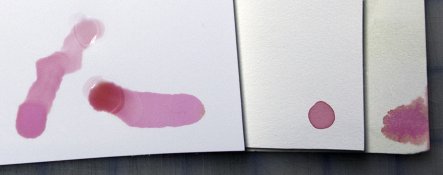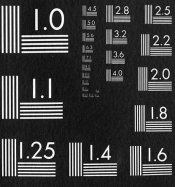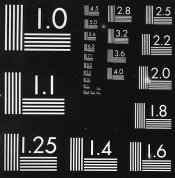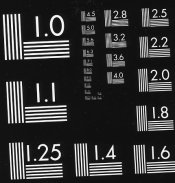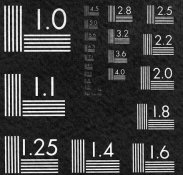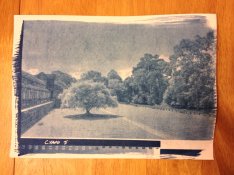Loris Medici
Member
Hi there,
Indeed, it's pretty hard to make nice cyanotypes with good dmax and smooth / delicate tones, but it's possible. OTOH, it's a given fact that you just can't get the same degree of delicacy compared to (say...) pt/pd. I have many good cyanotypes that I'm proud of, but when you print the same image (on the same paper) in pt/pd and then compare the two side by side, the cyanotype version (which is "very fine and satisfactory" when judged alone) looks quite grainy and lacking (in terms of tonality). You just have to accept that it isn't the best process in the department of smooth and delicate tones. (But that doesn't mean there's no room for improvement, you have to persevere until you're sure you've hit the limits of the process...)
Here's the scans of a couple of my cyanotypes:
Leaves @ IFM (Trad. Cyanotype)
Dried Flowers (Trad. Cyanotype)
(These aren't especially big prints; both are around 11-12" in the shortest dimension.)
Can provide scans of an image realized in both cyanotype and pd for a better comparison if you like, but I don't have any online repros right now. Let me know if you need it.
Regards,
Loris.
Indeed, it's pretty hard to make nice cyanotypes with good dmax and smooth / delicate tones, but it's possible. OTOH, it's a given fact that you just can't get the same degree of delicacy compared to (say...) pt/pd. I have many good cyanotypes that I'm proud of, but when you print the same image (on the same paper) in pt/pd and then compare the two side by side, the cyanotype version (which is "very fine and satisfactory" when judged alone) looks quite grainy and lacking (in terms of tonality). You just have to accept that it isn't the best process in the department of smooth and delicate tones. (But that doesn't mean there's no room for improvement, you have to persevere until you're sure you've hit the limits of the process...)
Here's the scans of a couple of my cyanotypes:
Leaves @ IFM (Trad. Cyanotype)
Dried Flowers (Trad. Cyanotype)
(These aren't especially big prints; both are around 11-12" in the shortest dimension.)
Can provide scans of an image realized in both cyanotype and pd for a better comparison if you like, but I don't have any online repros right now. Let me know if you need it.
Regards,
Loris.
I've somewhat new to cyanotypes. I love the simplicity of it. I don't know if it's just me, but it seems that the cyanotype process is pretty contrasty and it's very hard to get delicate tones. Even with digital inkjet negs. Does anybody else find that's the case?


 The handmade baryta held the drop in place. It did not spread beyond the area it originally fell on. It dried evenly and with the rich color of the wet solution. There is absolutely no bleed-through. A much bigger puddle than a drop can be spread just as nicely with a puddle pusher.
The handmade baryta held the drop in place. It did not spread beyond the area it originally fell on. It dried evenly and with the rich color of the wet solution. There is absolutely no bleed-through. A much bigger puddle than a drop can be spread just as nicely with a puddle pusher.